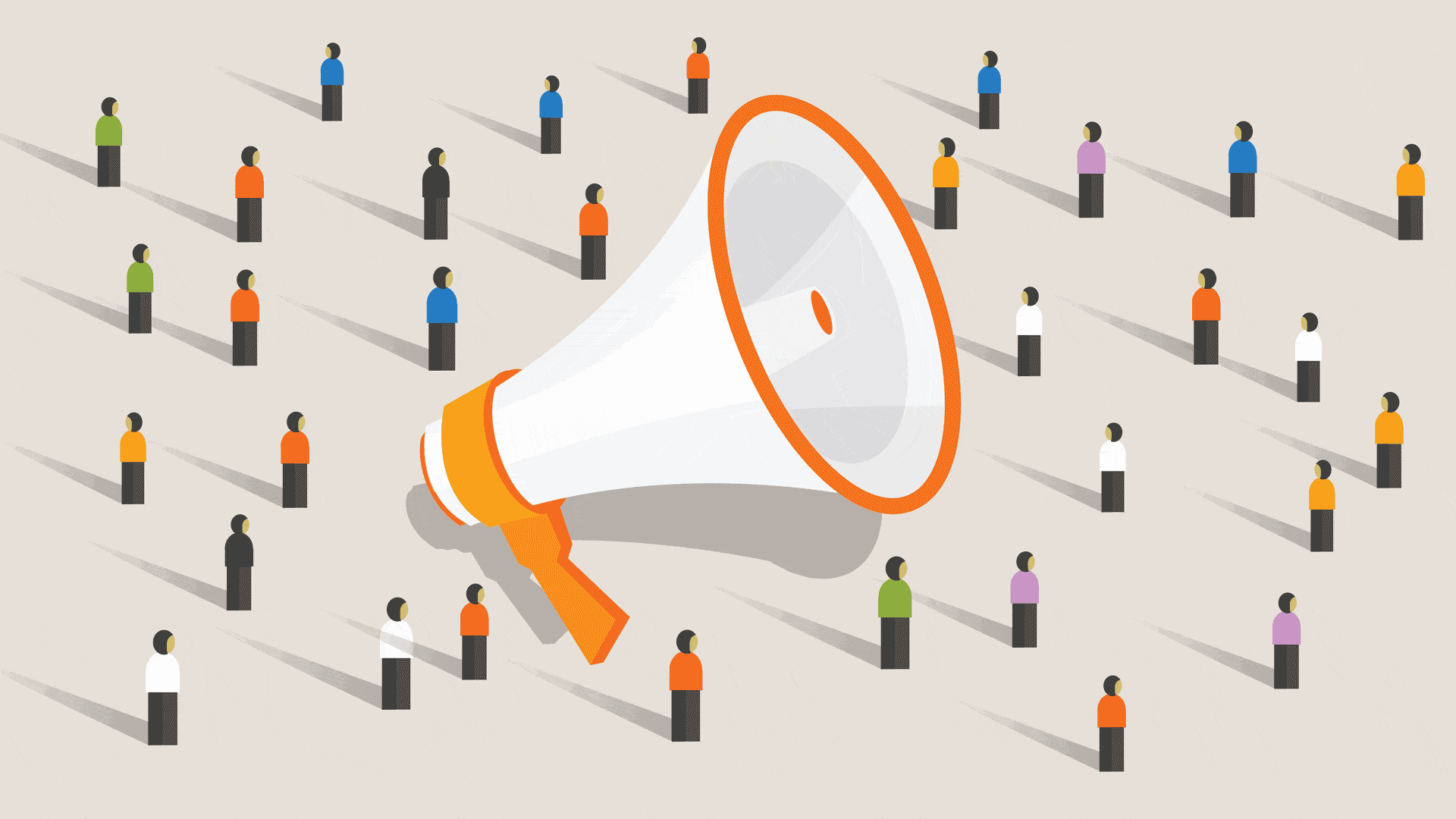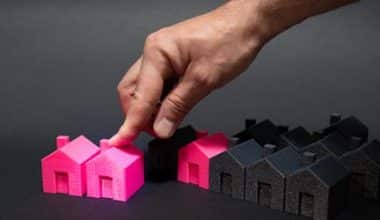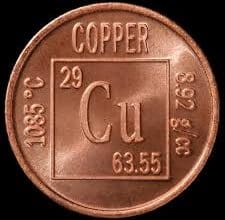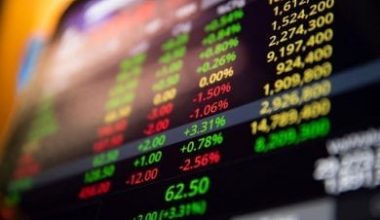Since the Great Depression, there have been 14 recessions, which are a normal part of the way the economy works. The answer to the question of whether or not the U.S. is in a recession, which usually happens when the economy shrinks for two consecutive quarters, is still up for debate, but the answer isn’t that simple. Furthermore, politicians are not the ones who should decide. However, the issue is raised at a critical moment. To understand more about the difference between recession vs depression, stagflation, and inflation, here is complete information on what you need to know.
Let us continue reading!!!
What is Recession vs Depression
What is a recession, then? And what distinguishes a recession from a depression? Depression is more prolonged, and severe, and has a wider impact than a recession, which is a brief time of significant, long-lasting economic deterioration.
Recession vs Depression: What is the Recession?
Unlike common assumptions, the official definition of a recession in the United States is provided by the National Bureau of Economic Research (NBER). According to the NBER, a recession is a protracted period of significant economic contraction that affects a wide range of economic sectors and lasts for more than a few months.
Recessions are characterized by these changes in the economy:
- Excessive unemployment: As businesses make staff reductions to deal with a decline in demand, employment rates increase during a recession.
- house sales and prices are falling. Recessions often lead to a drop in property sales and prices because customers have less money available and are less likely to make pricey purchases.
- Stock prices are declining: Stock prices fall as a result of investors’ waning confidence in corporate profitability and the state of the economy as a whole.
- Pay adjustment or retention: During a recession, businesses frequently try to cut costs, which results in stagnant or even declining salaries.
- Declining gross domestic product (GDP): When the aforementioned factors come into play, consumer spending decreases, which reduces the demand for goods and services. As a result, the GDP declines during recessions.
Recession vs Depression: What is Depression?
Even though they are frequently mentioned, economic depressions are much less frequent than recessions. A depression is frequently conceived of as a severe and protracted economic downturn that can simultaneously affect several different countries, however, definitions may vary. In an economic crisis, consumer demand for goods completely collapses when unemployment rates reach double digits and stay there for years. As a result, companies cut production or shut down manufacturing facilities, which has an impact on exports.
One of the best instances is the Great Depression. It was extremely severe and disruptive, lasting from 1929 to 1939. During the Great Depression, the following things happened in the US:
- Increasing unemployment rates: Nearly 25% of the labor force was unemployed at its worst. About 12.8 million people were unemployed.
- Decreasing pay: Even those who held their work experienced a sharp decline in income compared to before the Great Depression. Between 1929 and 1933, there was a 42.5% reduction in pay.
- Substantial GDP declines: The real GDP fell by 29% between 1929 and 1933.
- A number of bank failures: An estimated 7,000 banks, or one-third of the banking sector, failed between 1930 and 1933.
What Distinguishes a Recession from a Depression?
Although they may mean the same thing, depressions are usually significantly more severe than recessions. Most of the time, they have a much longer lifespan. Consider the distinctions between the Great Depression and the Great Recession, which ran from December 2007 to June 2009, to put it in perspective. In comparison to past recessions, the Great Recession was particularly severe and the longest one since World War II.
Recession vs Depression: Could There be Another Great Depression?
Could there be another depression soon? The quick response is no. A number of precautions have been implemented to avoid another depression. The Federal Reserve did nothing to regulate the money supply and prices during the Great Depression, which led to depreciation. The Federal Reserve has since been far more involved in managing and averting economic crises.
In the form of unemployment compensation and fiscal stimulus, often known as “stimulus checks,” the government has also established safety nets for people who lose their jobs. Because these services weren’t available during the Great Depression, many people who lost their jobs were left without any means of support.
When compared to the time of the Great Depression, the banking system is substantially stronger. Since that time, the Federal Deposit Insurance Corporation (FDIC) has supported banks, and deposits are now covering up to $250,000 in insurance.
Economic Recession vs Depression
It could be difficult to tell the difference between a depression and a recession. Whether or not there is much of a distinction between the two names is up for discussion.
Economic Recession vs Depression: What is an Economic Recession?
Economic recessions are periods of sharply declining economic activity in a nation or region. A number of factors, including output, employment, income, and spending, can be used to evaluate this. A recession happens when the business cycle starts to trend downward. Recessions frequently feature lower output, job losses, and decreased income and spending. Businesses often delay making investments during a recession. Recessions might be limited to a single country or region or they can have a global impact.
Recessions are generally seen as negative events because they can lead to greater unemployment and poverty. It occasionally has a connection to a bubble in the economy that “bursts.” However, there are some positive aspects to a recession. For instance, businesses may reduce spending during a recession, which will increase their profitability over the long term. The National Bureau of Economic Research defines recession as “a large decline in economic activity scattered across the economy, lasting more than a few months” (NBER).
Warning Indicators of an Impending Recession
- Fall in real GDP
- Real income is currently less.
- Slow international trade
- Lower retail sales
- Higher unemployment
- Consumer spending is declining.
- Reduction in industrial production
Economic Recession vs Depression: What is an Economic Depression?
An economic depression is worse than a recession. It is a significant economic downturn that might last for some time. A depression is characterized by high unemployment rates and a sharp decline in income and spending. Investment compensates for the substantial drops in construction, commerce, and capital flows that occur during a downturn when enterprises typically fail. A recession may be restricted to a country or region, whereas a depression typically impacts the entire world.
Indicators of a Depression
- Significant real GDP decline
- Substantial decrease in actual income
- A substantial decline in world trade
- Clearly, retail sales are falling.
- Without a doubt, reducing unemployment
- Significant reduction in consumer spending
- A substantial drop in industrial production
- Consistently slow economic growth (years)
- Global decline
Economic Recession vs Depression: How to Handle a Recession or Depression in the Economy.
Both a depression and a recession can be unsettling and confusing. But it’s important to remember that we can avoid worrying if we are prepared and have a strategy in place. If we have a savings account and know where to go for help in tough times, we will feel safer. If we are prepared for these stressful moments, we might be able to maintain our composure.
Businesses That Are Experiencing a Recession or Depression
Businesses can prepare for economic downturns and recessions by stocking up on supplies, cutting costs, and developing a backup plan. Additionally, it’s essential to monitor the market and alter the business plan as needed. Businesses that engage proactively during challenging times may survive. Five recommendations for coping with the business downturn and depression:
- Maintain a positive mindset -It is essential to maintain hope and optimism when things are difficult. Your mood will improve, and it will help you advance in your work.
- Spending limit: When circumstances are tough, be mindful to discover cost-cutting opportunities everywhere you can to sustain profitability. Spending can be reduced, personnel can be fired, and contracts can be renegotiated. To stay competitive, strategic innovation might need to be maintained.
- Think about the junctures: Watch the market and adjust your business plan as necessary. Maintaining your position by staying ahead of the curve may help when others are struggling.
- Obtain a lot of goods: To prevent running out of supplies or necessities during tough times, make sure you have plenty on hand.
- Create a backup strategy: A contingency plan will help you handle challenging situations and stop panic. Having a “Plan B” or crisis management plan can save your life under catastrophic circumstances.
Private finances in times of economic recession or depression
During a recession, you should keep saving as much money as you can and avoid taking on new debt. When you’re feeling hopeless, you might need to make more dramatic changes, including selling off assets or cutting back on your expenditures.
Five recommendations for handling money in a recession or depression
- Take control: When times are rough, it’s critical to be proactive and take control of your finances. This may require you to examine your spending habits, make changes to your budget, and increase your savings.
- Maintain your cool: Maintaining your discipline in trying times is crucial. To do this, you should stop overspending, avoid taking on further debt and maintain a savings account.
- Don’t go crazy: Being prepared and organized can help you avoid panicking in stressful situations.
- Take action: Don’t just sit back and hope for the best. By taking action, you can alter your financial situation. You might need to boost revenue, cut costs, or purchase assets to do this.
- Ask for help if you need it: If you are experiencing financial troubles, it is essential that you get professional advice from someone who can guide you through these challenging times.
Recession vs Depression vs Stagflation
We already know the definitions of both recession and depression, now let us go straight to understanding the meaning of stagflation.
Recession vs Depression vs Stagflation: What is a Stagflation
Stagflation was another issue that surfaced when inflation was high during a time of slow economic growth. Inflation is not a phenomenon that normally occurs when the economy is in decline or stagnation and unemployment is high, thus the two circumstances together are exceptional. In these situations, cost-driven inflation, supply-side issues, or an excess of liquidity in the system are frequently the causes of inflationary conditions. Demand would likely fall as a result of the high prices, which might make the current economic slowdown worse. Due to customers’ lower discretionary spending, high expenses, even in a single industry like food, may have an effect on demand in other industries. Commodities like oil may see cascading price increases as a result of higher transportation costs, which will also have an impact on the price of other items.
Recession vs Depression vs Stagflation: Depression vs. Recession:
When GDP decreases for at least two consecutive quarters, which is a normal aspect of the business cycle, a recession frequently results. A depression, on the other hand, is a profound drop in economic activity that lasts for years rather than just a few quarters. As a result, since 1854, the United States has seen 33 recessions and just one depression. Even though the periods of contraction are relatively brief, economists define a recession as two quarters in a row of negative GDP growth. A depression, on the other hand, is characterized by an annual GDP loss of 10% or more.
Policies to Address the Signs of Stagflation
Setting strategies in a stagflationary environment may be problematic since slow-growing economies may find it difficult to recover if interest rates are raised to battle inflation. To aid in the recovery, interest rates may be kept low, although doing so could exacerbate the inflationary scenario. The facts must be considered across time, not only at one point or for a brief period of time, for a contraction to be referred to as an economy in recession or stagflation.
Inflation vs Recession vs Depression
In inflation vs recession and depression, we will be knowing the difference between them and the common factors that do cause them to take place in the economy. Let us ride on.
Inflation vs Recession vs Depression: What Does Inflation Actually Mean?
The swift increase in a nation’s pricing for products and services is referred to as “economic inflation.” The cost of necessities like food, housing, and medicine may increase as a result of these price increases. There are fees associated with other pricey items like jewelry, cosmetics, and cars. It should be emphasized that inflation affects both consumers and businesses.
The Main Factor Causing Depression
The recession’s main cause is lower demand as a result of lower consumer confidence, which eventually leads to firm closures. Additionally, as customers stopped paying for goods and services, businesses were forced to cut their budgets and hire fewer employees, which greatly aggravated unemployment. But what other factors contribute to stagnation and low consumer confidence? The top item on this list will be discussed first:
What is the Difference Between Inflation vs Depression vs Recession?
After taking into account the aforementioned, the following comparisons between depression and inflation may be made: An extended, severe economic downturn known as “stagnation,” which lasts for several years and is longer than severe depression, Contrarily, inflation usually always raises prices for products and services for a short period of time, with the impact escalating over time as the growth rate rises. While the Wholesale Price Index (WPI) and Consumer Price Index (CPI) quantify inflation, GDP gauges the severity of a downturn (CPI). It may be argued that economic depression is uncommon compared to the inflation that nations’ economies frequently face.
Was 2008 a Recession or Depression?
The economic slowdown from 2007 to 2009 that followed the collapse of the U.S. housing bubble and the world financial crisis is known as “The Great Recession.” Since the Great Depression of the 1930s, the Great Recession was the country’s worst economic depression.
Can a Recession Lead to a Depression?
A depressive episode affects more people. An increase in the rate of unemployment is another element that is frequently linked to recessions and depressions. Rising unemployment has historically been a precursor to recessions, and depressions have only been labeled after prolonged recessions.
Is 2022 a Recession or Depression?
The United States went into a recession in the summer of 2022 if two consecutive quarters of negative gross domestic product (GDP) are considered a standard definition of a recession.
How Long is a Recession Before it Becomes a Depression?
A recession, a typical feature of the business cycle, often happens when GDP declines for at least two consecutive quarters. On the other hand, depression is a severe decline in economic activity that lasts for years as opposed to just a few quarters.
Are We in a Recession in 2022?
The first half of 2022 saw a decline in the GDP, while the third quarter saw a return to positive growth. Even as many businesses start to lay off employees, the unemployment rate is still low. The fact that employee earnings are still increasing suggests that there is not yet a recession.
Related Articles
- RECESSION: What It Means, Examples & What to Do During Recession
- How To Trade Forex During Recession?
- BALANCE OF PAYMENTS: Definition and Components
- What Is BUSINESS CYCLE?- Definition, Internal and External Causes
- HOUSING MARKET RECESSION: Impacts of Recession In 2022






